
Staring up at the night sky can inspire wonder so go on a celestial adventure this summer at one of the UK’s dark sky reserves
By
At one point or another all of us have likely glanced up into the inky black of a night sky and been surprised – and awed – to find the sky unusually clear and an uncountable number of stars winking back at us and the Milky Way so thick with stars that it positively pulsates with light.
Not so long ago such radiant night skies were the norm. In times past we used these night skies to navigate across oceans and deserts. Farmers used them to plan their planting and harvesting. And, of course, night skies have inspired legends, myths and spirituality in most cultures.
Today though, those jet-black nights pierced by starlight are a rare event. Light pollution, caused by our ever-increasing use of artificial light at night, has disrupted and blocked these views. Light pollution has even interfered with the natural rhythms of plants and animals and is even thought to have a detrimental impact on human health. And every year, light pollution blotting out the stars gets worse. According to a 2023 study published in Science magazine, the number of stars visible in the night sky decreased worldwide between 7-10 per cent per year between 2011 and 2022.
Fortunately, though, there are some places where the sort of night skies that inspired those who came before us are still visible. Some of the most prominent of these places have been declared as International Dark Sky Reserves. The UK, with 19 officially recognised International Dark Sky Reserves, has by far the most in Europe.
So, grab a telescope, wrap up warm and head out late one night this summer to view the kind of night sky that inspired our ancestors at one of the UK’s International Dark Sky Reserves.
Brecon Beacons, Wales
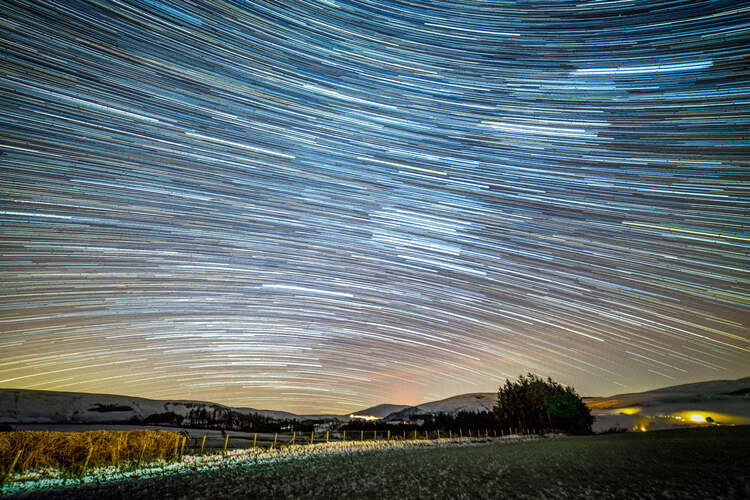
The Bannau Brycheiniog National Park (Brecon Beacons) in Wales is one of the most impressive upland regions in the UK. Not only does this vast wilderness area have superb scenery and hiking, but it’s also becoming something of a magnet for stargazers. So good is the star gazing in the light-free core of the park that the Brecon Beacons were the fifth place in the world to be declared a Dark Sky Reserve. And, the star gazing conditions continue to improve within the park, with the park authorities going to great pains to replace the artificial lighting with more star gazing-friendly lighting.
Isle of Sark, Channel Islands
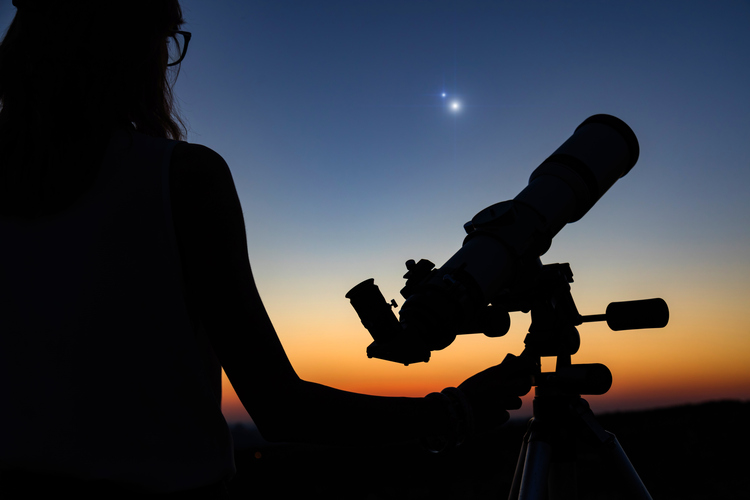
Sailors crossing the oceans far from artificial lighting are often treated to magical night skies. So, imagine the star gazing opportunities on an entire island where cars, neon lights and street lamps are non-existent and the entire human population is just 500? Well, that’s the Isle of Sark, a tiny dot in the English Channel, and it’s widely considered one of the world’s best dark sky locations and is the only dark sky island. The Sark observatory in the middle of the island has star observation equipment for hire, and members of the Sark Astronomy Society are usually happy to show you the telescope and talk you through the star constellations.
Moore’s Reserve, South Downs, England
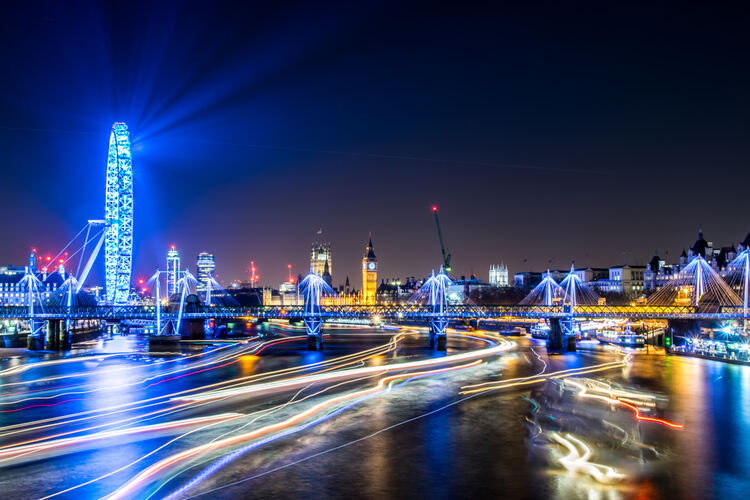
The greater London metropolitan area is one of the most light-polluted places on our planet, so it might come as a surprise to discover that just 100km from the city’s neon glow is one of the UK’s finest night sky sites. The chalk hills of the South Downs National Park contain several excellent star-watching sites, including Bignor Hill and Harting Down, both of which have minimal light pollution. Also, be sure to visit the Winchester Science Centre and Planetarium at the far western edge of the South Downs. The South Downs also hosts the annual South Downs Dark Skies Festival, during which a series of family-orientated astronomical events are held. In case you’re wondering how the name Moore’s Reserve came about, it’s named in honour of the British best-known astronomer, Sir Patrick Moore, who lived in the area.
Galloway Forest Park, Scotland

Galloway Forest in southern Scotland is the largest forest in the UK. It’s known for its lack of light pollution (and in order to ensure that this continues, the park authorities have adopted a lighting management plan), which has led to around 20 per cent of the park being declared in 2019 as one of the world’s first International Dark Sky Reserves. In fact, the star gazing here is so good that it has been awarded a Gold Tier Park ranking. On a clear night, more than 7,000 stars and planets are visible with the naked eye, and the bright band of the Milky Way is usually easy to see arching across the sky.
Moffat, Dumfries and Galloway, Scotland
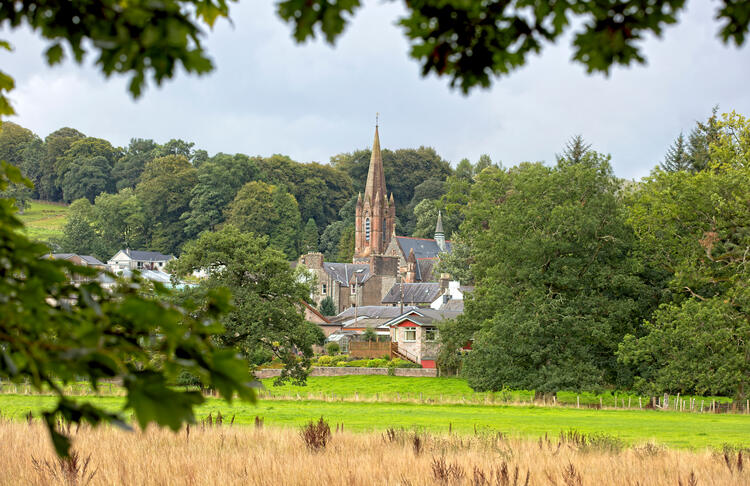
Unusual among Dark Sky Reserves, this one is actually an urban (in the smallest possible way!) Dark Sky Reserve. The spa town of Moffat, in southern Scotland’s Annandale valley, installed special street lighting which actually goes above and beyond International Dark Sky minimums and so led to it becoming Europe’s first official dark sky town. There is one particular place in the town – a car park of all things – that has the very best star gazing conditions. The advantage of a Dark Sky Reserve in a town is that once you’ve finished staring into the depths of the Solar System, a cosy pub is within walking distance!
Exmoor Dark Sky Reserve, England
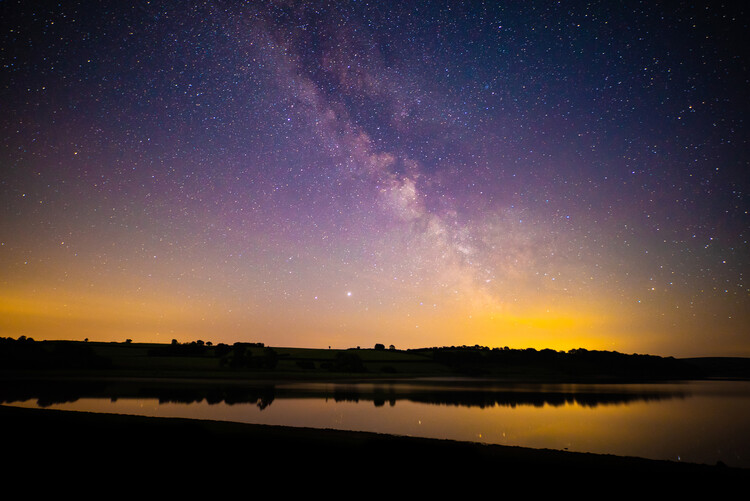
Spanning the borders of Devon and Somerset in the southwest of England, the Exmoor National Park, with its purple heathery moorlands and secluded beaches and coves tucked away behind high cliffs, is delightful enough during daylight hours. But come nighttime, when the stars rain down, you’ll discover some of the darkest night skies in the UK, which means some of the finest star gazing. The best area for night skies in Exmoor is the 81 square kilometre core zone, which also contains bronze-age burial mounds. Perhaps our distant ancestors were inspired to bury their dead here because of those stunning night skies.
Related articles:



